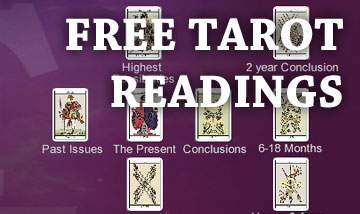Easter Island
Easter Island : is
one of the loneliest and most isolated islands on Earth. It is
located approximately 2000 miles from South America in one direction; and
approximately 2000 miles from a few pacific islands in another.
Easter Island is famed for its remarkable stone statues, with one or more
of them scattered every few hundred yards, around the grassy slopes of the
island. The massive stone statues are thought to represent stone
guardian gods, but exactly where they came from does remain a
mystery. It is thought that the Easter Islanders made the stones by
copying the faces of their ancestors as the result of some form of
ancestor worship.
"There are statues, but smaller ones, of stone and wood, on other
Polynesian Islands," reveals Jo Anne Tilburg, director of the 'Easter
Island Statue Project' at the University of California.
"We think of those giant heads as gazing out to sea, but they
don't. The gods face inwards, turning their backs on the sea to
protect the fields and villages. Some are lined up on platforms over
burial chambers; some are grouped around the quarry where they were
made."
Strangely enough, when the statues were made around a tenth of them were
wearing hats, which were made of scarlet stone and sat balanced upon their
heads.
"They represented feather headdresses of some kind," says Van
Tilburg.
"They may have been status symbols, showing the rank of people in a
higher social position - priests, chiefs or someone higher in the
hierarchy. They also had eyes.
Easter Island was so named when it was discovered by a Dutch sea voyager
called Admiral Jacob Roggeveen on 5 April 1722. The day was Easter
Sunday, and so it was called Easter Island.
It is now believed that the island was first inhabited around 400 A.D. and
that the islanders carved out small statues and ceremonial platforms, for
many centuries. This continued till around 1100 A.D. when the
islanders began to create the first stone giants, which were carved
directly from the walls of a dormant volcano called 'Rano Raraku'.
The majority of the statues weighed 25-40 tonnes and stood 3.5-7.5 (12-25
feet) tall. However this size was to increase over the years, with
one incomplete example still laid inside the crater at Rano Raraku.
This statue is reported as weighing approximately 270 tonnes with a length
of around 21 metres (70 feet).
Sadly, the real meaning of the statues has been lost, because in 1862 a
Peruvian slave ship abducted the majority of the Easter Island's
men. They were transported to Peru to work in the mines. Many
died, but those who survived became infected with smallpox which they
inadvertently took home with them on their return. By 1877, there
were only 111 islander left, and those who could decipher the unique
picture writing carved on wooden slabs had perished. Today the
writing remains undeciphered leaving the island, its population and
statues shrouded in mystery.
 DISCOVER TAROT ON iPHONE, iPAD AND ANDROID.
DISCOVER TAROT ON iPHONE, iPAD AND ANDROID.
Learn Tarot Card Meanings, what they mean when combined in a reading, test your knowledge in the Tarot Quiz and reveal what the future may hold with the Tarot Reading App.





